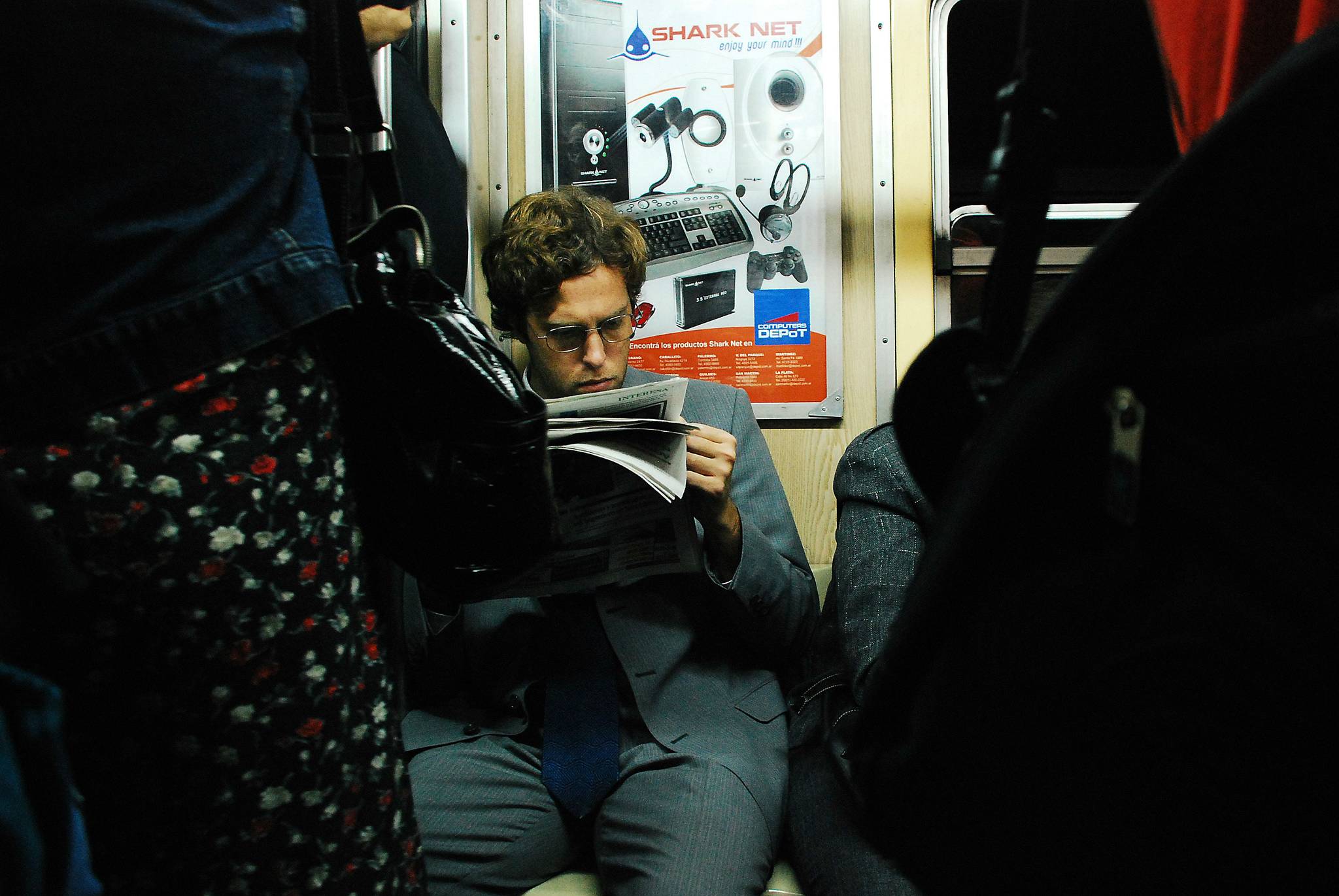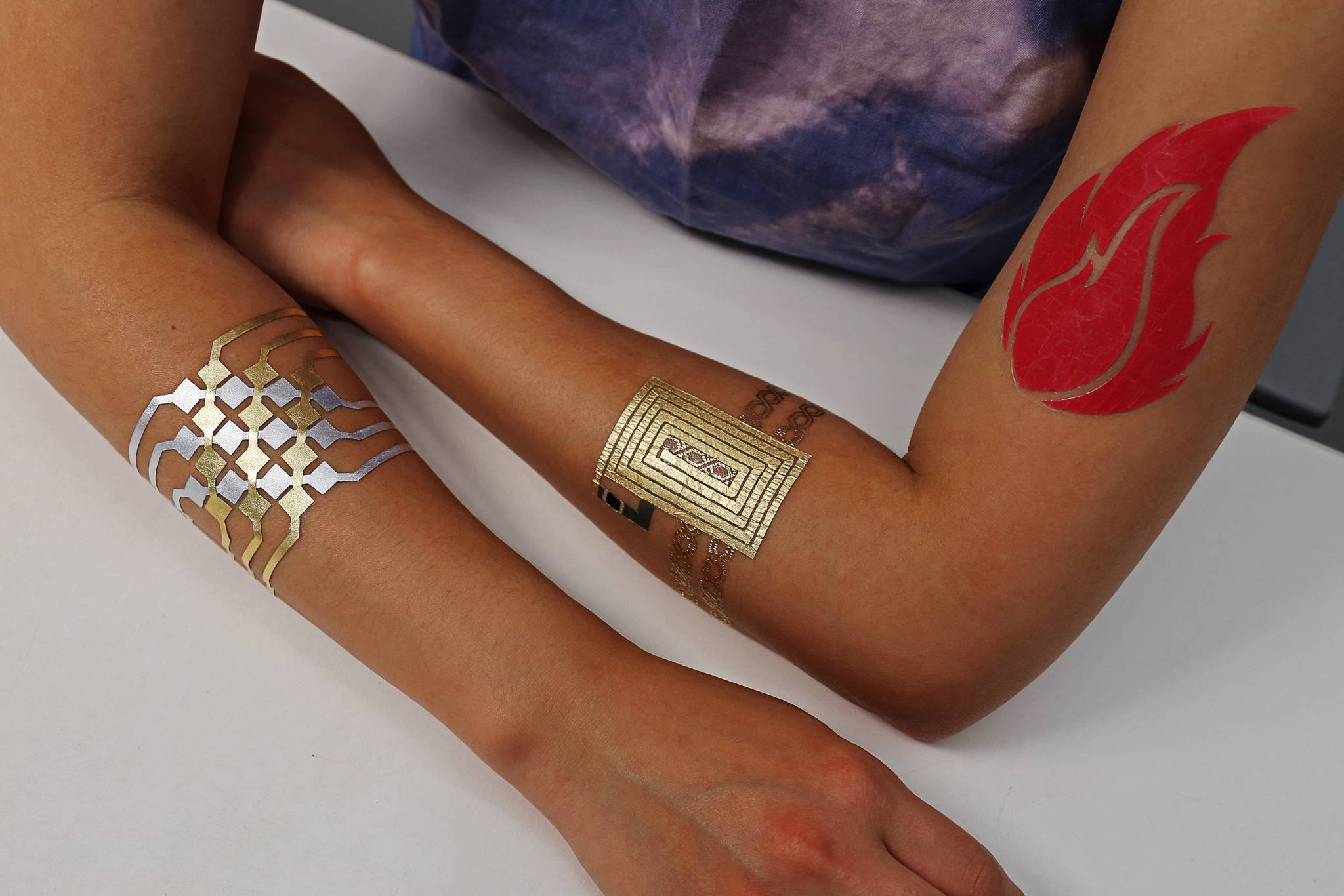
©Chris Clogg (2014)
REPORT
A sector snapshot of technology5 Oct 2016
How is the complicated relationship between gender and technology evolving? In what ways are we becoming more like cyborgs? Why are popular apps starting to look the same? And how is tech finally becoming accessible to all?
- Sector
Canvas8
Related







